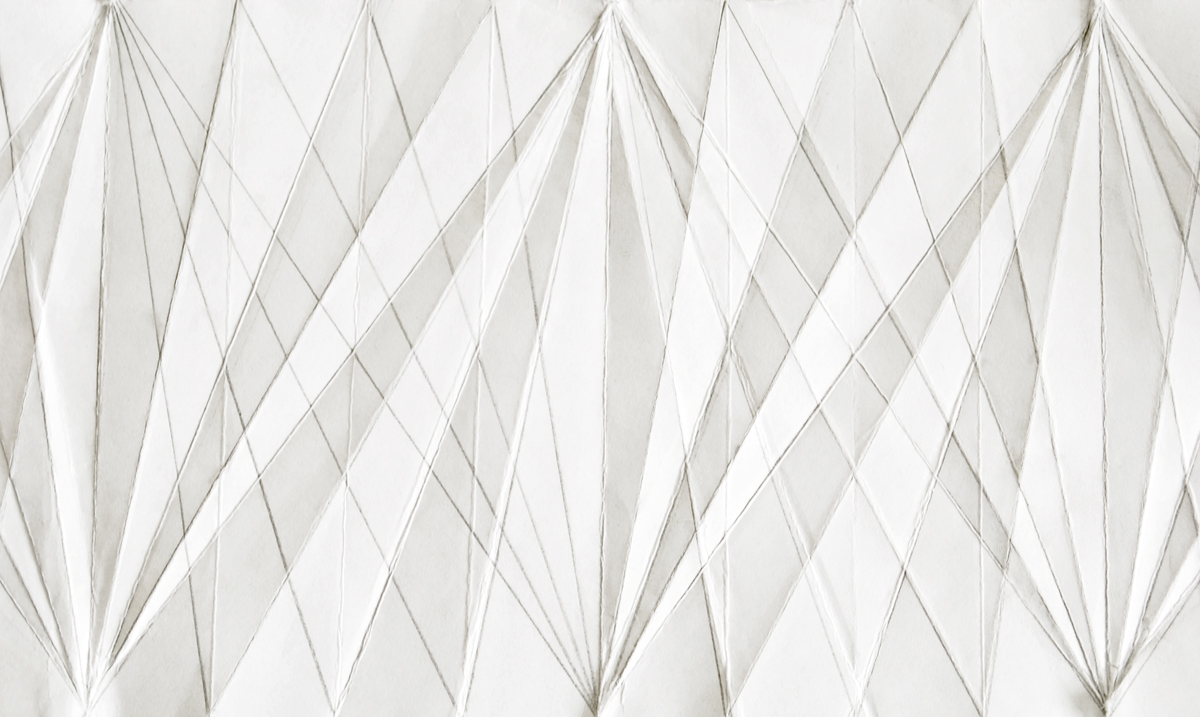Wintersemester 2010/11,
Sabel Licuala
A Project by Christine Hausen
Folding patterns can be found anywhere in nature. They embody a general organizing logic. Comparable environmental conditions evo- ke similar folding patterns. They are always space-saving or serve as protection and foothold. in some cases folds are needed for a combination of stability and flexibility. in other cases they enable the optimal stowage of a membrane to later open up again in one step. Sometimes they seem chaotic, but they still clearly embody the laws of physics. Without doubt, the natural principle of folds offers a full range of features, which can be used for biomimetic design purposes exploring them for their functional and aesthetic aspects.
Leaves, especially display a wide range of folding patterns. A prime example is the fan palm. its leaves show straight ribs, which radially spread to the leaf's edge. Thus, they have parti- cularly clear folds, which seem to follow a mathematical formula. However, although other plants show comparable folds the pattern of the fan palm is the most concise and can be seen as prominent example for a general construction principle.
The project »Sabal Licuala« focuses on the specific folding sys- tem of the fan palm to understand and expand on their potential within design context. Variations of the original actinomorphic folding pattern as well as repeated structures were created. They are not direct copies of a natural prototype, but functional and aesthetical abstractions.
in the working process paper with its leaf-like physical features served as the basic raw material for experimentation and compre- hension of form. The folding was explored on a two-dimensional as well as on a spatial level. Especially straight linear folds were analysed and their architectural aspect was elaborated: How can
the stability of the folding be transferred into a specific static function?
The form generation experiments resulted into a system of mobi- le walls, perfectly usable as room dividers. They can be indivi- dually set up in a room and compactly folded as needed. However, the example of the fan palm has been modified. The actinomorphic segments vary in their sizes to guarantee a solid foothold of the »Sabal Licuala« system. Also, the repeated and mirrored folding pattern is trimmed at the top and at the bottom, which has func- tional advantages and furthermore creates an aesthetical abstrac- tion. Thus a modular lightweight wall structure is created.

Alle Rechte vorbehalten

Alle Rechte vorbehalten